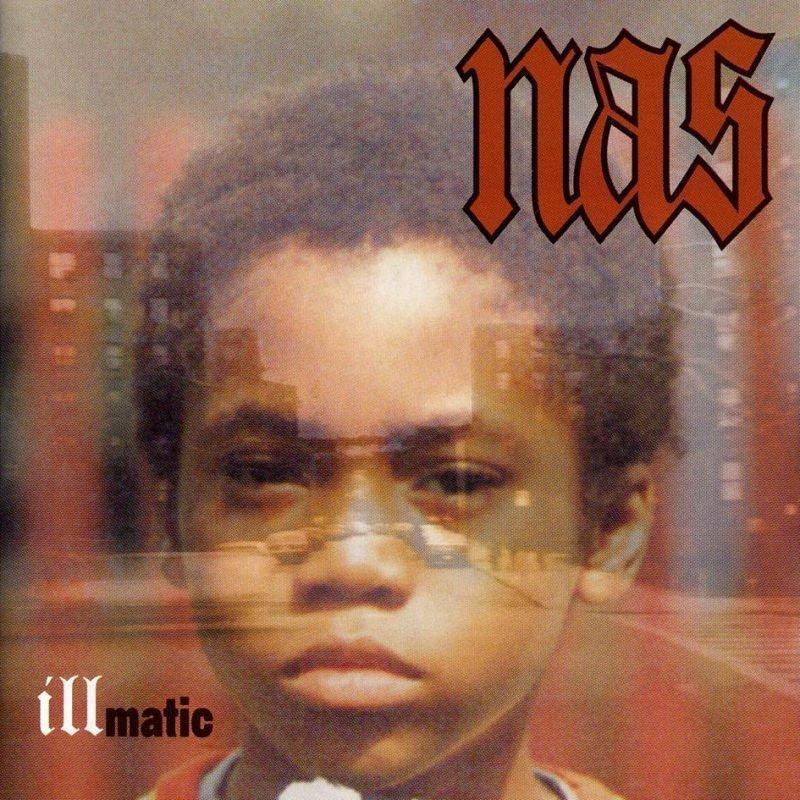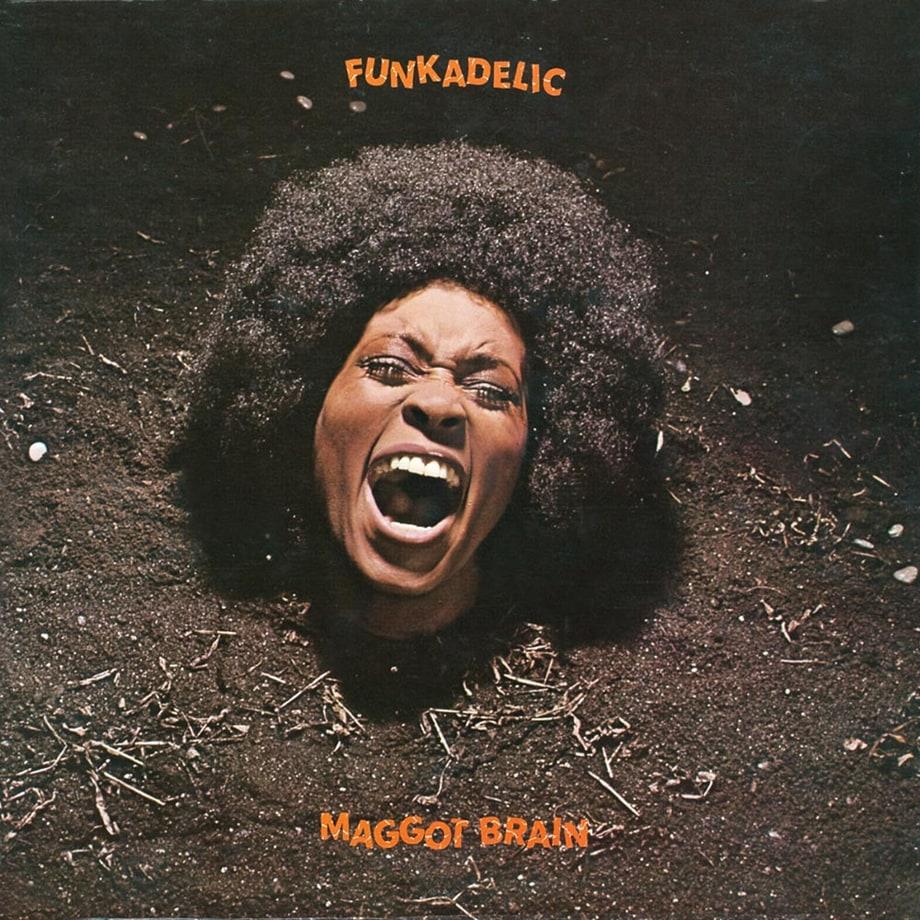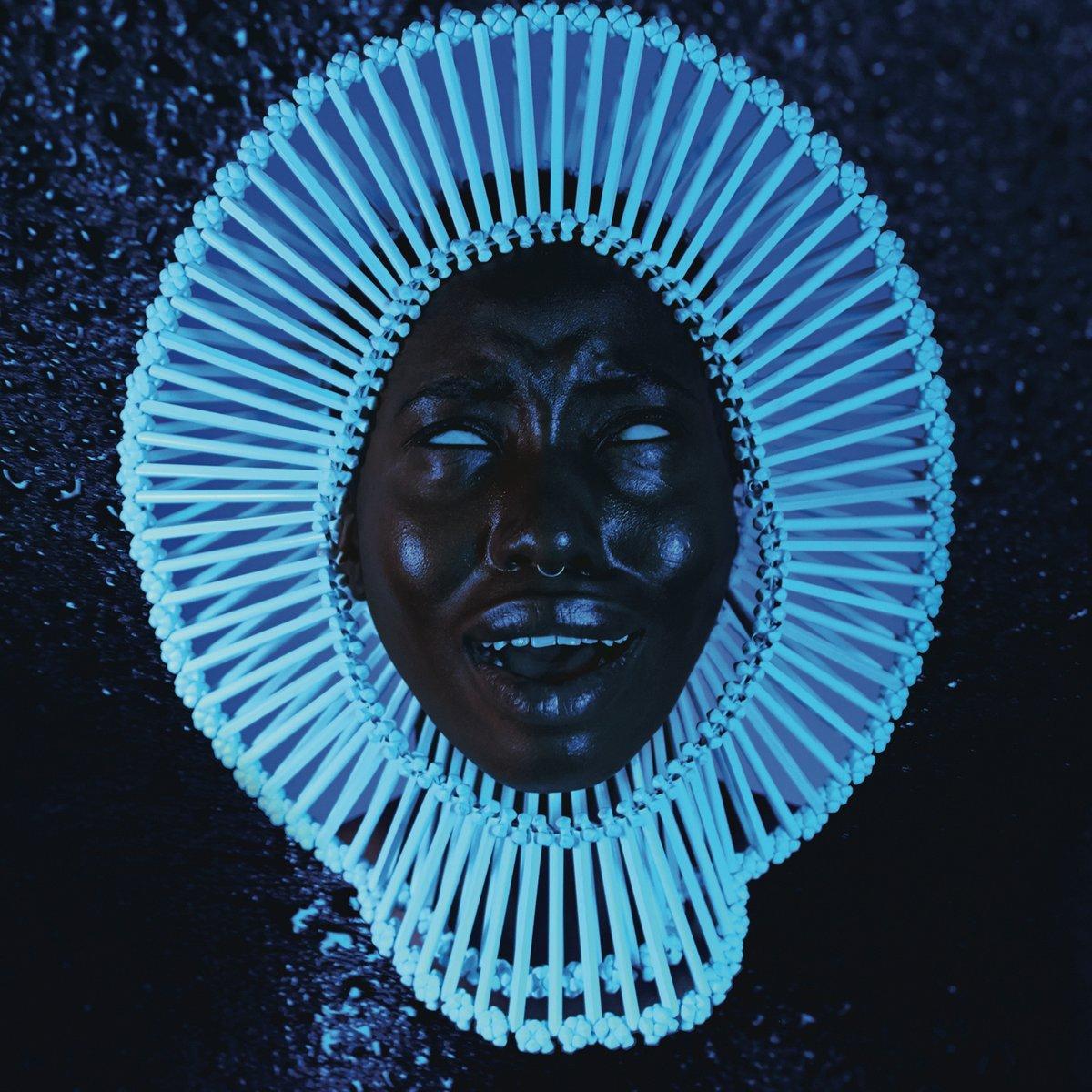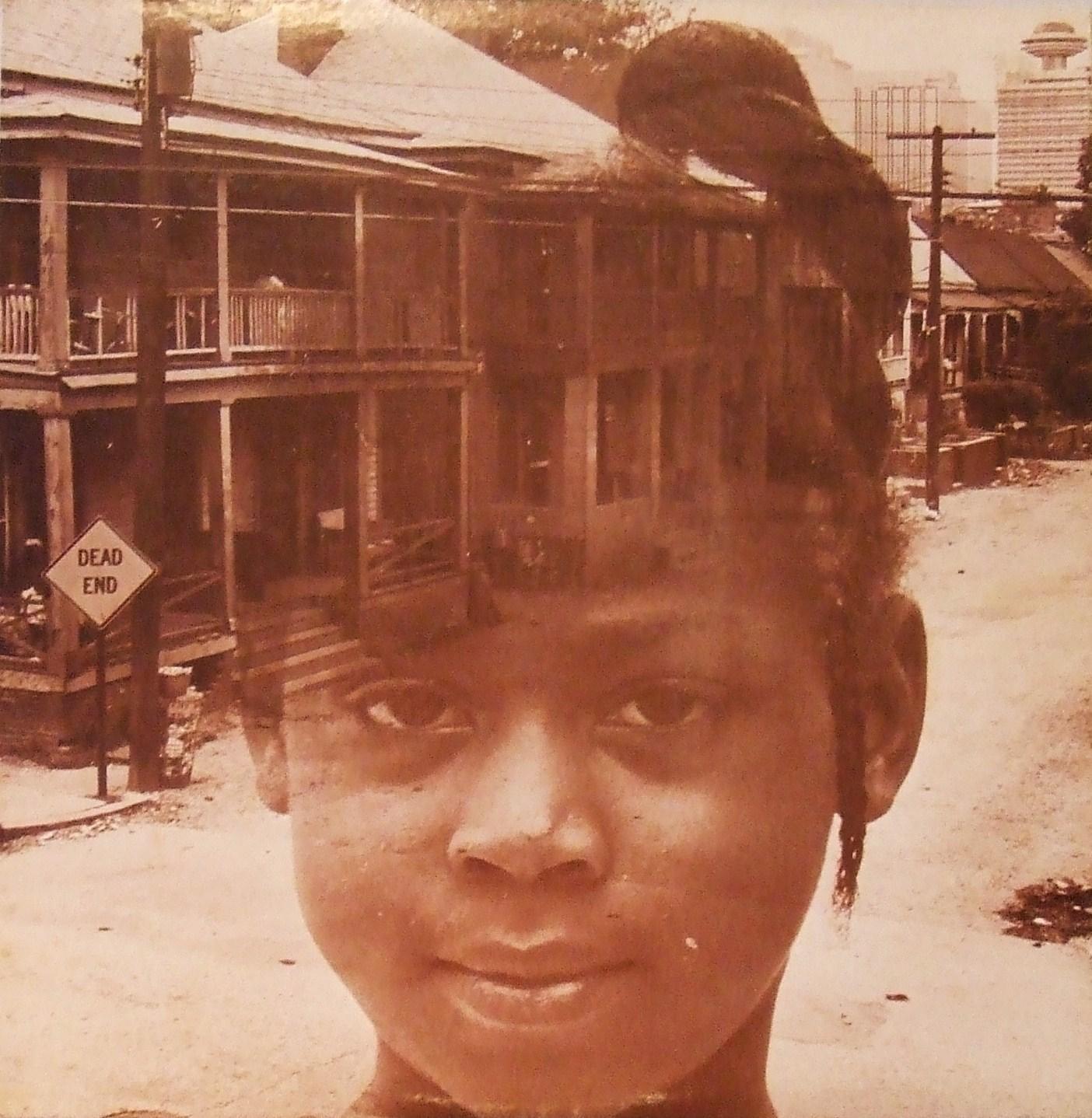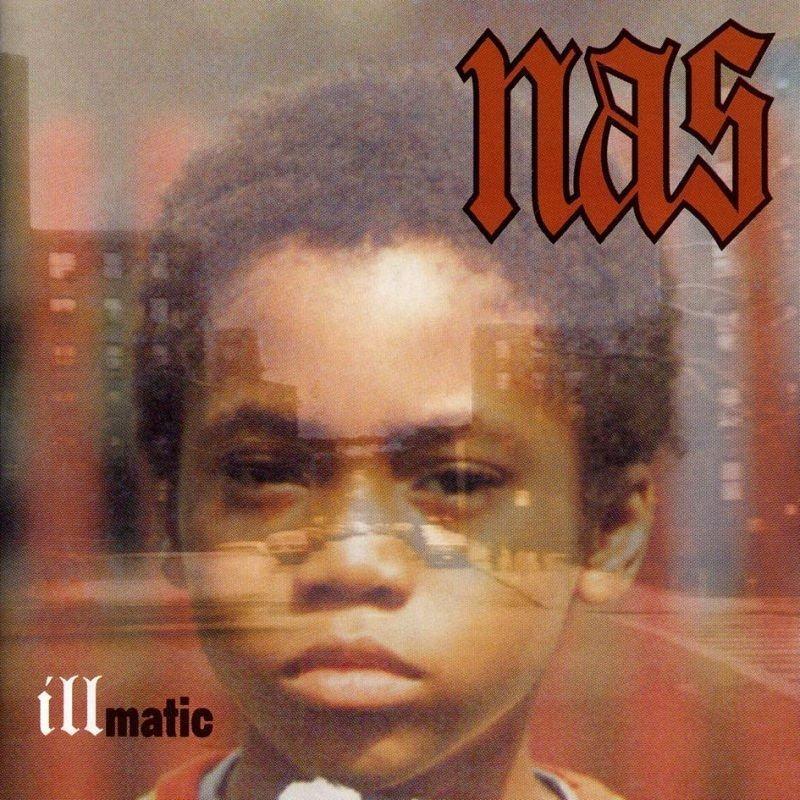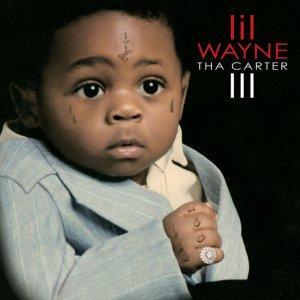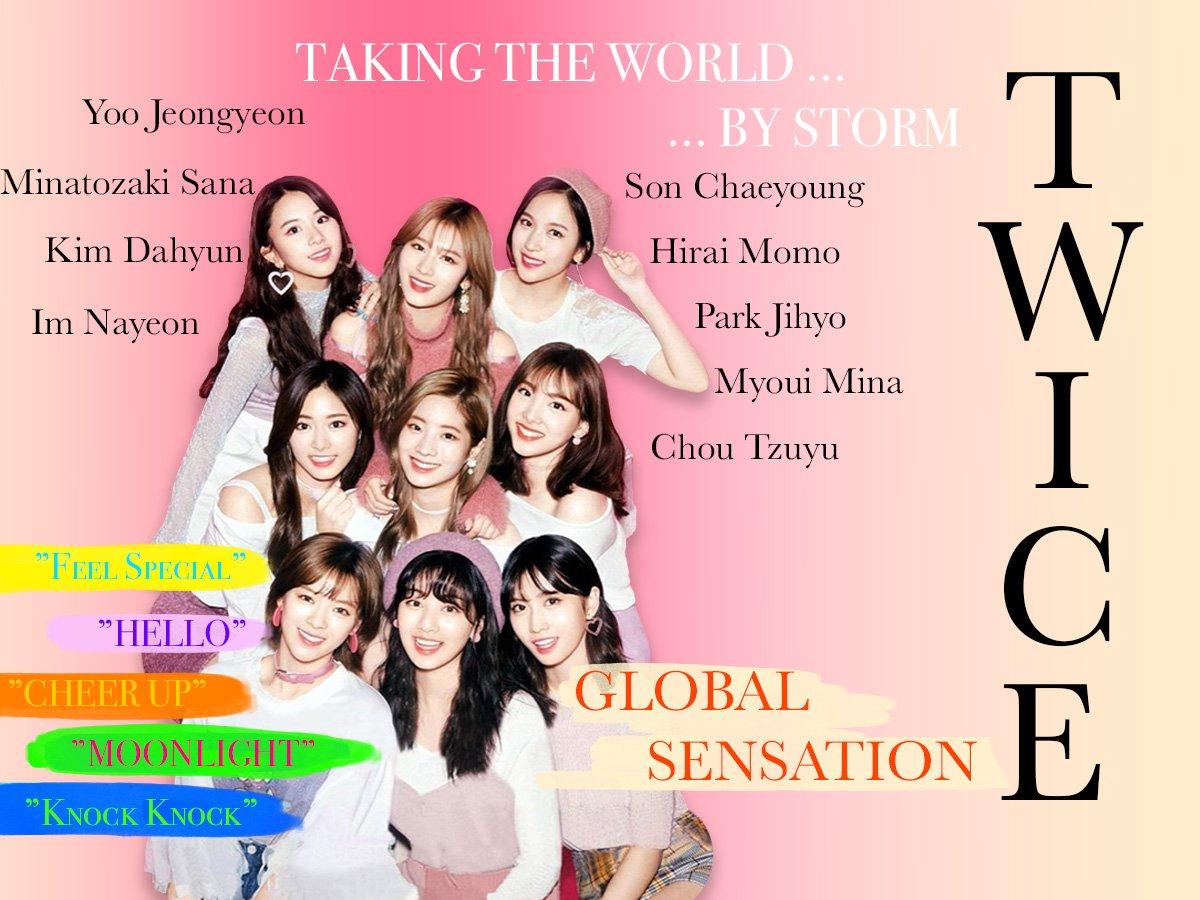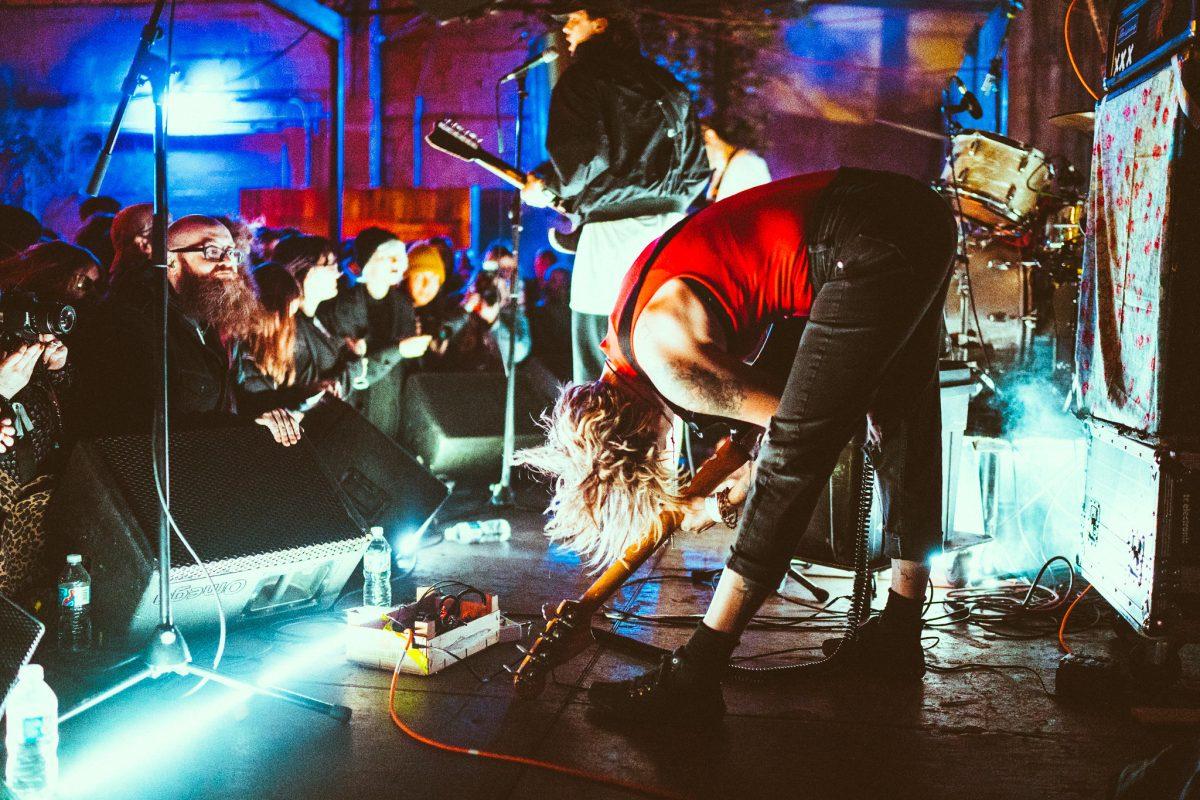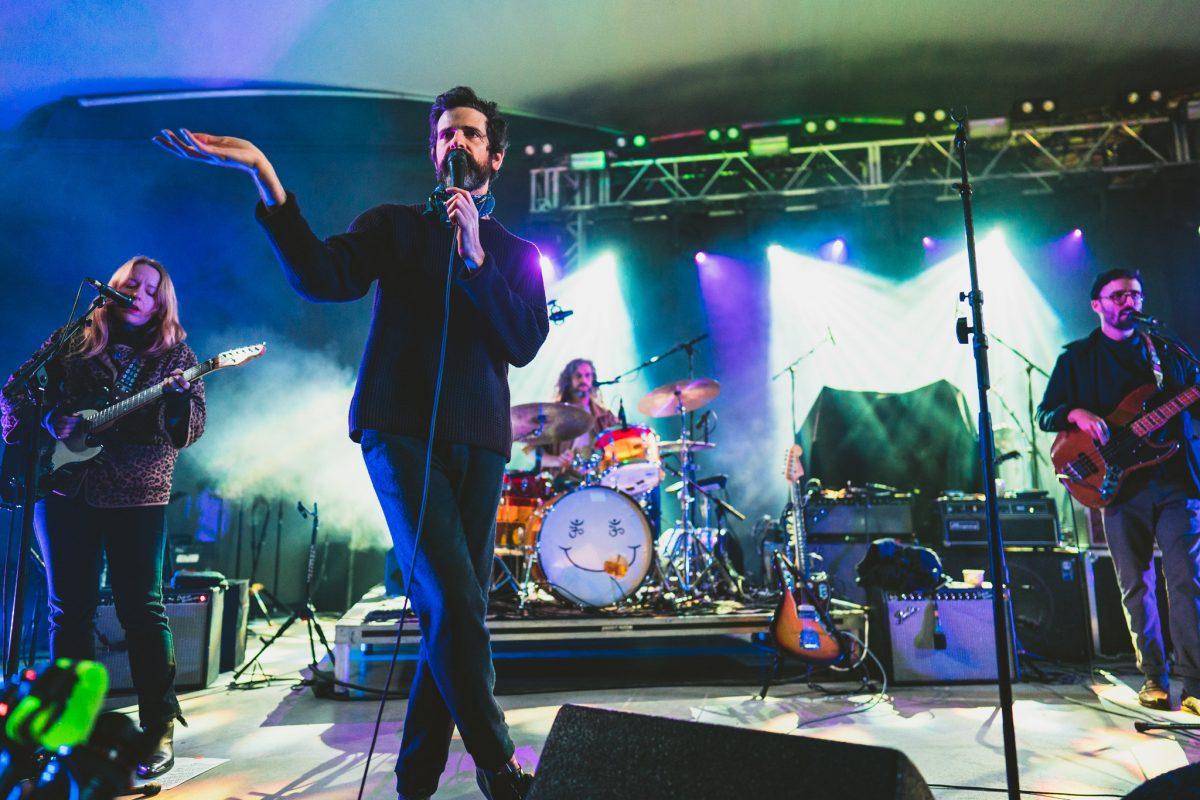An album’s cover art is more than a place for an artist to display their name and for a parental advisory label to reside. Album art not only conveys the subject matter of the body of work it envelops, but it can link albums together, allowing them to be in conversation.
Story by Kennedy Williams
Thousands of albums are released every year, so there is a high chance that a few of those albums will have similar cover art. While some of these similarities might just be coincidental, artists are typically involved in every step of the creation process, making sure that their vision comes to fruition. Cover art is often the first thing that listeners sees, drawing them in and communicating the narrative of an album visually.
As the Internet makes listeners increasingly interconnected, it is easier to uncover commonalities between art. The term “appropriation” has become popular in modern-day vernacular. While it usually refers to the act of stealing or mimicking a culture that is not one’s own, “appropriation” is also related to authorship. Authorship is inherently related to ownership. Historically, once someone attaches their name to something, it becomes theirs. However, the Internet subverts this. Authorship is blurred with increased access to past music and visual art.
As the musicians of today have greater access to past albums, they can create albums that are in conversation with other art. This influence may manifest sonically through sampling or through cover art.
Last year, Childish Gambino released his third album “Awaken, My Love!” a majestic, funk-inspired opus. The cover of the album immediately conjures similarities to Funkadelic’s 1971 album “Maggot Brain.” Gambino’s blue tinged cover does not invoke the same anger of the woman on “Maggot Brain,” but there is an eeriness that connects the two visuals. There is pain. There is fear. Gambino pays homage to the grit and soul of Funkadelic, a genre-bending collective of musicians that was before its time. “Awaken, My Love!” continues the legacy of Funkadelic. Guitar-based funk will live forever.
Photos courtesy of Rolling Stone
Motifs on album covers can span generations. There is a lineage of rappers using baby photos on their album covers. On the track “Nas Album Done” from DJ Khaled’s “Major Key,” Queens rapper Nas says “To every baby on the album cover existin,’ this trend I was settin’, it came into fruition.” Although Nas’ 1994 debut album “Illmatic” changed the rap game with its vivid storytelling, it was not the first album to feature a baby photo on an album cover.
20 years earlier in 1974, The Howard Hanger Trio released “A Child is Born,” their second project. The album cover features a young girl superimposed over an empty street. Similarly, Nas’ “Illmatic” features him as a young boy on top of the Queens neighborhood he grew up in. Both of these covers allow the person to be indistinguishable from their environment, alluding to the connectivity of identity and space.
Photos courtesy of Private Press and Discogs
Nearly 15 years after “Illmatic,” Lil Wayne released “Tha Carter III” in 2008. As he merged hip hop, pop and rock, Lil Wayne continued the legacy of using a childhood picture on an album cover. The use of a baby on an album cover officially became a marker of a groundbreaking album. When rappers want to make a statement, they remix Nas’ revolutionary album cover.
Photo courtesy of Hiphopdx
The repetition of images on album covers complicates authorship and makes the title of “author” more fluid.































